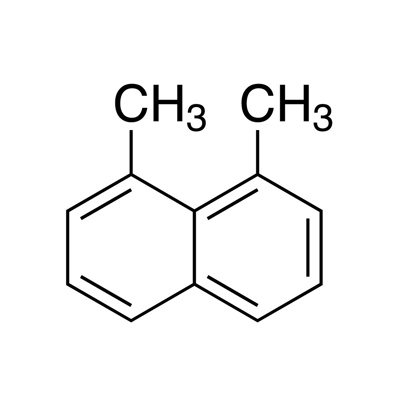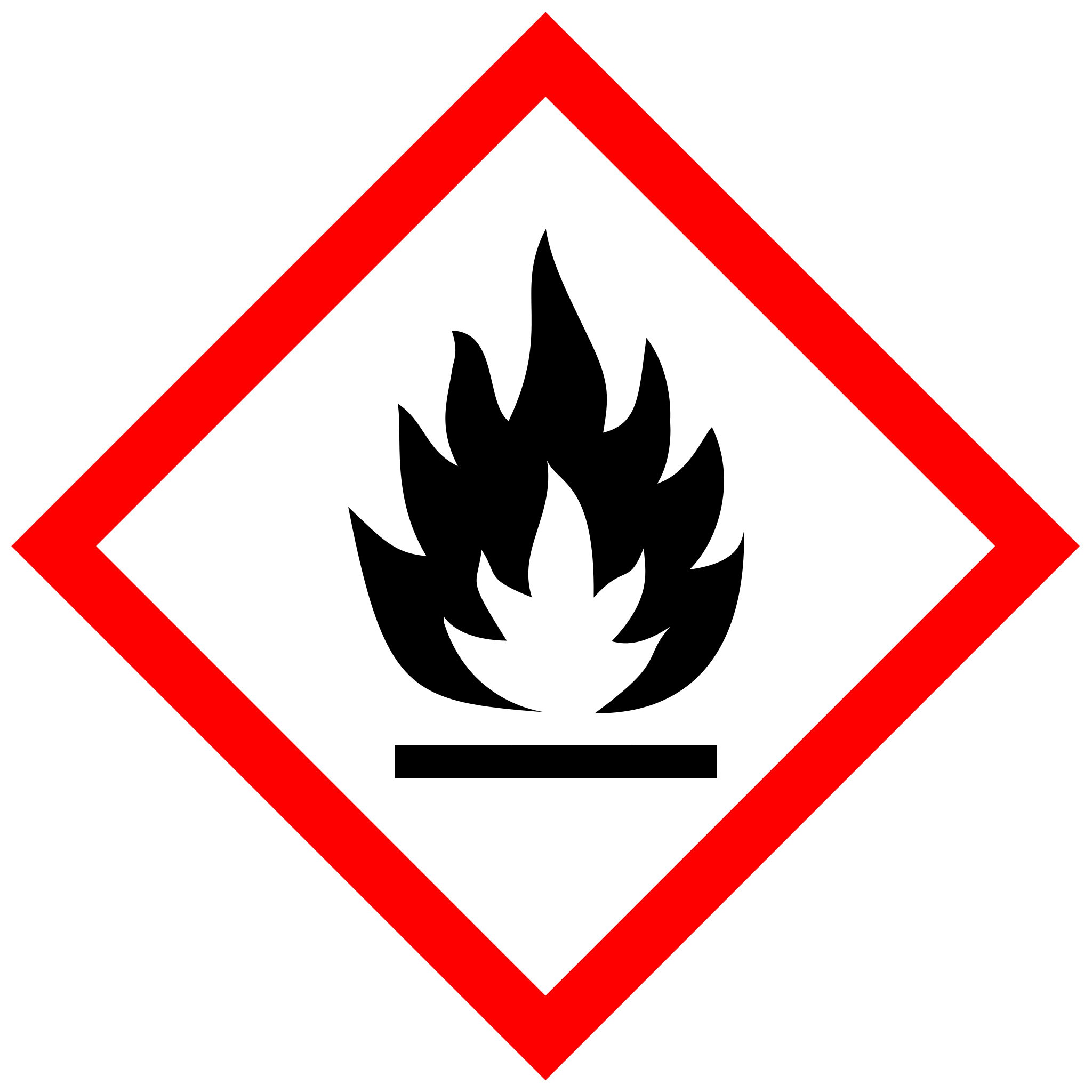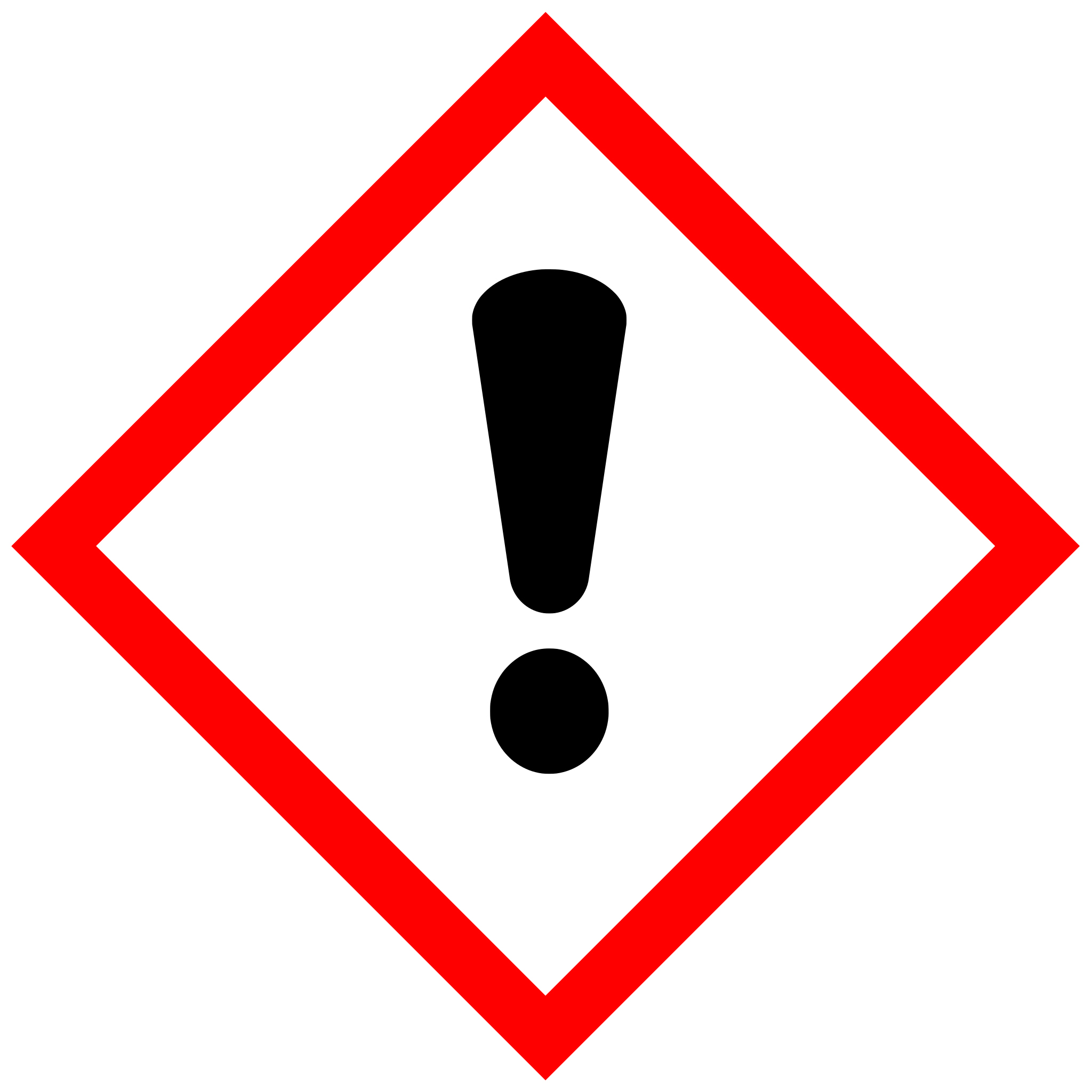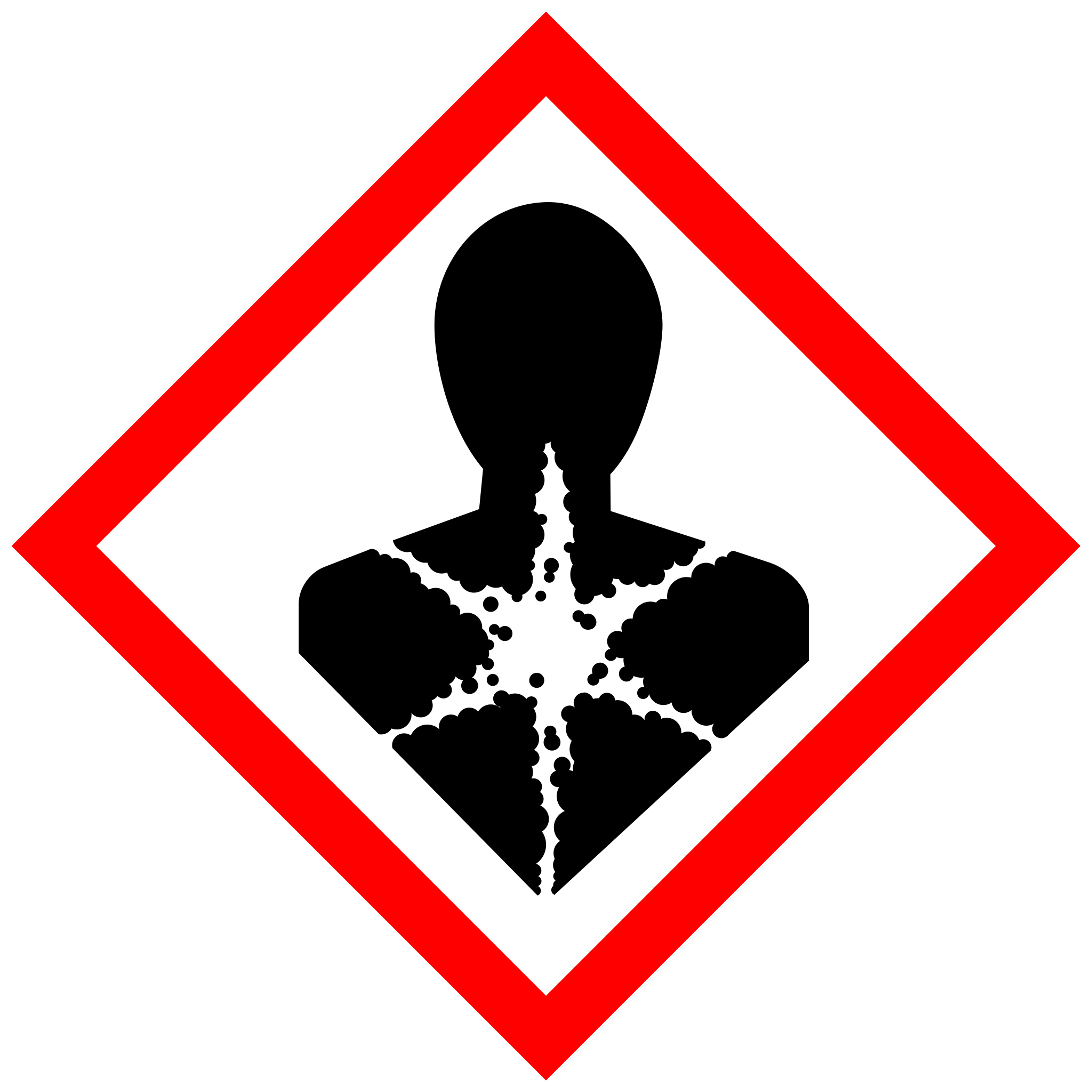Item No.ULM-6181-1.2
1,8-Dimethylnaphthalene (unlabeled) 50 µg/mL in toluene


Synonyms
FormulaC12H12
CAS Number LabeledNA
CAS Number Unlabeled569-41-5
EC Number
| Item no. | Package size | Availability | List Price (USD) | Your Price (USD) | ||
|---|---|---|---|---|---|---|
| ULM-6181-1.2 | 1.2 mL | In stock, ready for shipment in 3 to 5 days. | $120 | Your Price (USD) $120 |
Properties
Molecular Weight156.2
Chemical Purity94%
FormIndividual
ConcentrationSolution
Application(s)Environmental Analysis, Polycyclic Aromatic Hydrocarbons (PAHs)
Storage TempStore at room temperature away from light and moisture.
Product Description
1,8-Dimethylnaphthalene is a PAH that has been detected in pyrolysis residues.
Application Descriptions
Safety Information
Hazard Pictograms





Signal WordDanger
Hazard StatementHighly flammable liquid and vapour., May be fatal if swallowed and enters airways., Causes skin irritation., May cause drowsiness or dizziness., Suspected of damaging fertility, Suspected of damaging the unborn child. (Dermal, Inhalation, oral)., May cause damage to organs (kidneys, liver, urinary bladder, brain) through prolonged or repeated exposure (Dermal, Inhalation, oral)., Toxic to aquatic life
Reviews (0)
There are no reviews yet.
Item No.ULM-6181-1.2
1,8-Dimethylnaphthalene (unlabeled) 50 µg/mL in toluene


Synonyms
FormulaC12H12
CAS Number LabeledNA
CAS Number Unlabeled569-41-5
EC Number
| Item no. | Package size | Availability | List Price (USD) | Your Price (USD) | ||
|---|---|---|---|---|---|---|
| ULM-6181-1.2 | 1.2 mL | In stock, ready for shipment in 3 to 5 days. | $120 | Your Price (USD) $120 |
Properties
Molecular Weight156.2
Chemical Purity94%
FormIndividual
ConcentrationSolution
Application(s)Environmental Analysis, Polycyclic Aromatic Hydrocarbons (PAHs)
Storage TempStore at room temperature away from light and moisture.
Product Description
1,8-Dimethylnaphthalene is a PAH that has been detected in pyrolysis residues.
Application Descriptions
Safety Information
Hazard Pictograms





Signal WordDanger
Hazard StatementHighly flammable liquid and vapour., May be fatal if swallowed and enters airways., Causes skin irritation., May cause drowsiness or dizziness., Suspected of damaging fertility, Suspected of damaging the unborn child. (Dermal, Inhalation, oral)., May cause damage to organs (kidneys, liver, urinary bladder, brain) through prolonged or repeated exposure (Dermal, Inhalation, oral)., Toxic to aquatic life
Reviews (0)
There are no reviews yet.


 Deutsch (Deutschland)
Deutsch (Deutschland) Español (España)
Español (España) Français (France)
Français (France) 中文(中国)
中文(中国)